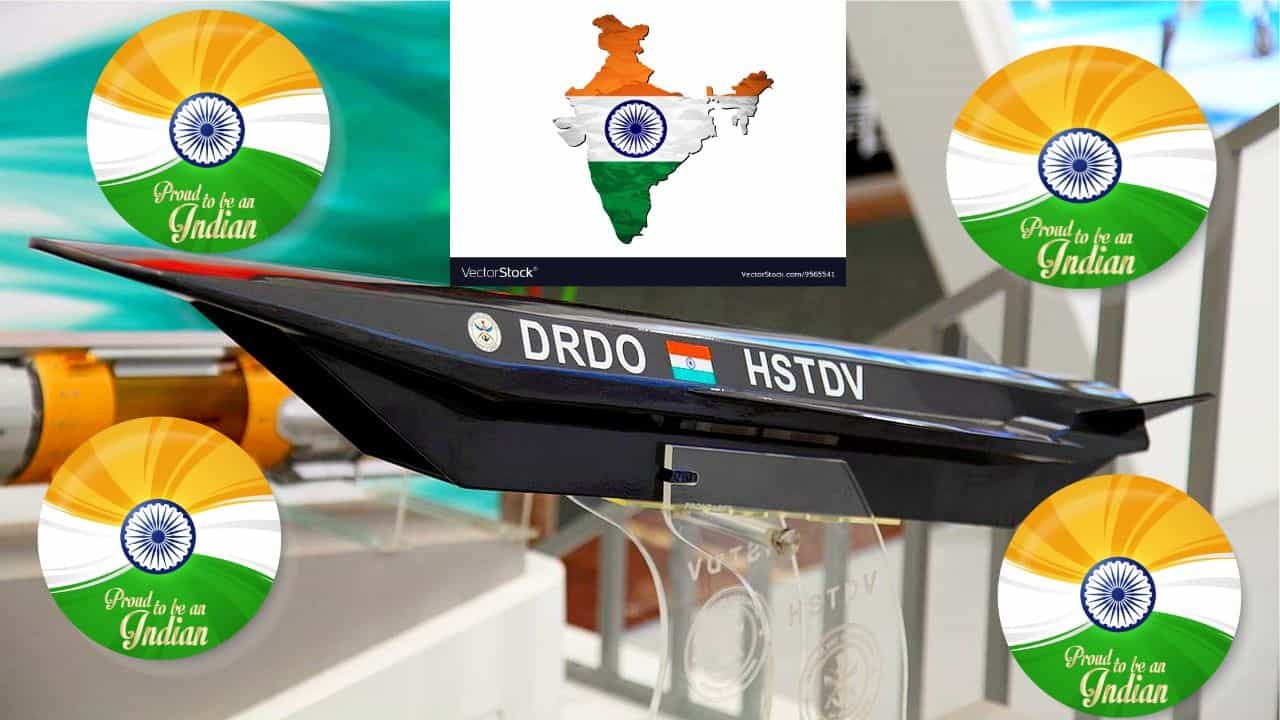Union Defence Minister Rajnaath Singh on Monday, September 7 commended the Defence Research and Development Organization (DRDO) for the successful testing of the hypersonic technology demonstrator vehicle (HSTDV) using the indigenously developed Scramjet Propulsion System. This will be serving as a critical building block for next-generation hypersonic cruise missiles.
In a tweet, the Indian Prime Minister said, “Congratulations to DRDO for successful flight of the Hypersonic Test Demonstration Vehicle today. The scramjet engine developed by our scientists helped the flight achieve a speed 6 times the speed of sound! Very few countries have such capability today.”

This Test conducted from the Late EX- President of India Dr. APJ Abdul Kalam Island off the Orissa coast on Monday morning to demonstrate of autonomous flight of a scramjet integrated vehicle. Now India is involved in an extremely hypersonic club consisting of the United States, Russia, China.
India has now become the fourth country after the United States, Russia, and China to develop and successfully test hypersonic technology. Defence Minister Rajnath Singh congratulated DRDO on this landmark achievement towards realizing Prime Minister Narendra Modi’s vision of Atmanirbhar Bharat.
The hypersonic cruise vehicle was launched using a proven solid rocket motor, which took it to an altitude of 30 kilometers, where the aerodynamic heat shields were separated at hypersonic Mach number. The cruise vehicle separated from the launch vehicle and the air intake opened as planned.
The hypersonic combustion sustained and the cruise vehicle continued on its desired flight path at a velocity of six times the speed of sound that is nearly 02 km per second for more than the 20 seconds. The critical events like fuel injection and auto ignition of scramjet demonstrated technological maturity. The scramjet engine performed in a textbook manner that is also added.
The defense ministry also said that the parameters of launch and cruise vehicle, including the scramjet engine, was monitored by multiple tracking radars, electro-optical systems, and Telemetry Stations. The scramjet engine worked at high dynamic pressure and at a very high temperature. A Ship was also deployed in the Bay of Bengal to monitor the performance during the cruise phase of hypersonic vehicles. All the performance parameters have indicated a resounding success of the mission.
The Defence Ministry said in a statement that we are proven with this successful demonstration, many critical technologies such as aerodynamic configuration for hypersonic maneuvers, use of scramjet propulsion for ignition and sustained combustion at hypersonic flow, thermo-structural characterization of high-temperature materials, separation mechanism at hypersonic velocities, etc. All over the world see the power of the new India.



